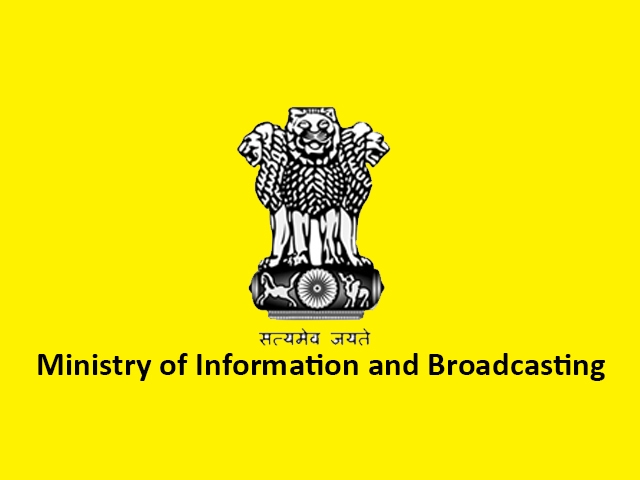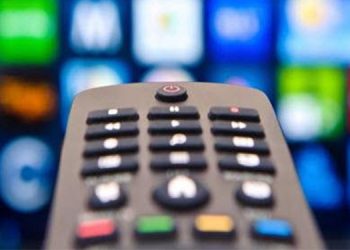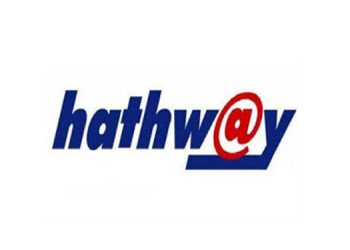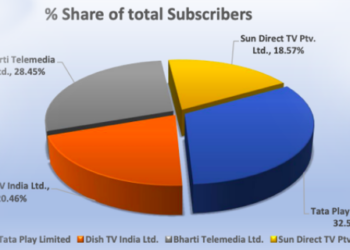
New Delhi : The Union ministry of Information and Broadcasting (I&B) formally notified on Wednesday (18 September), the extension of Digital Access System (DAS) implementation to 31 December 2015 for Phase III towns and areas, while Phase IV, that covers most of rural India, has been pushed back to 31 December 2016. In the original rollout plan, the target for Phase III completion was 30 September, 2014 and for Phase IV, the original date was 31 December, 2014.
The deadline had to be extended by 2 years as the cable network community and multi-system operators had not been able to mobilise the funding required for the change-over. The volume of imported set top boxes (STBs) that record and de-encrypt the digital signals for Phase III to go through involved heavy investment, which the cable networks could not mobilise.
Ashok Mansukhani, Director – Indusind Media, estimated about 30 million homes had been covered in the first two phases, while another 70 million homes are yet to be covered in Phase III and IV. The Telecom Regulatory Authority of India (Trai), that also regulates the broadcasting industry, has been opposed to the extension. Rahul Khullar, Trai chairman, has pointed out in the past that delaying the DAS deadline would lead to a loss of momentum.
The extraordinarily long extension of over two years given for DAS’ implementation has the stamp of I&B minister Prakash Javadekar, who is keen to indigenise the production of STBs. The boxes so far have largely been imported from Korean and Chinese companies.
The extension will help the cable fraternity to reorganise their finances and perhaps access cheaper local sources for STBs. However, K Jayaraman, former head of the MSO Hathaway and current president of Zee Entertainment Enterprises (ZEEL), warned that a delay in implementation of DAS will benefit direct-to-home (DTH) players like Tata Sky who have invested in STBs and have developed local market packages.
The biggest losers from the extended DAS deadline will be the broadcasting networks and TV channels, for whom the old analogue system of distribution will continue for the majority of TV homes. The analogue system does not have accountability and it is estimated that broadcasters recover only 20 per cent of the optimum subscription revenue from these markets because of under reporting by cable distributors.

















